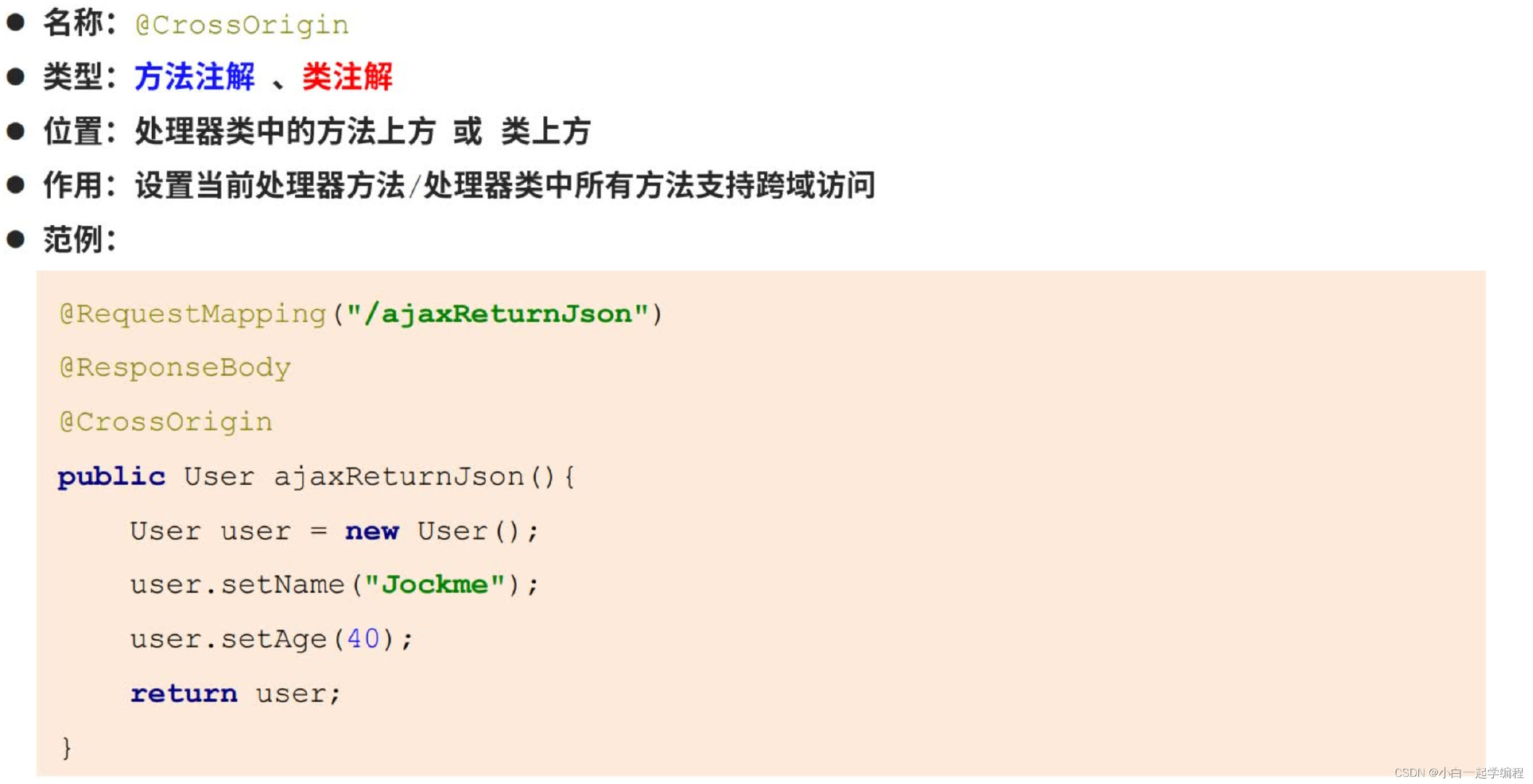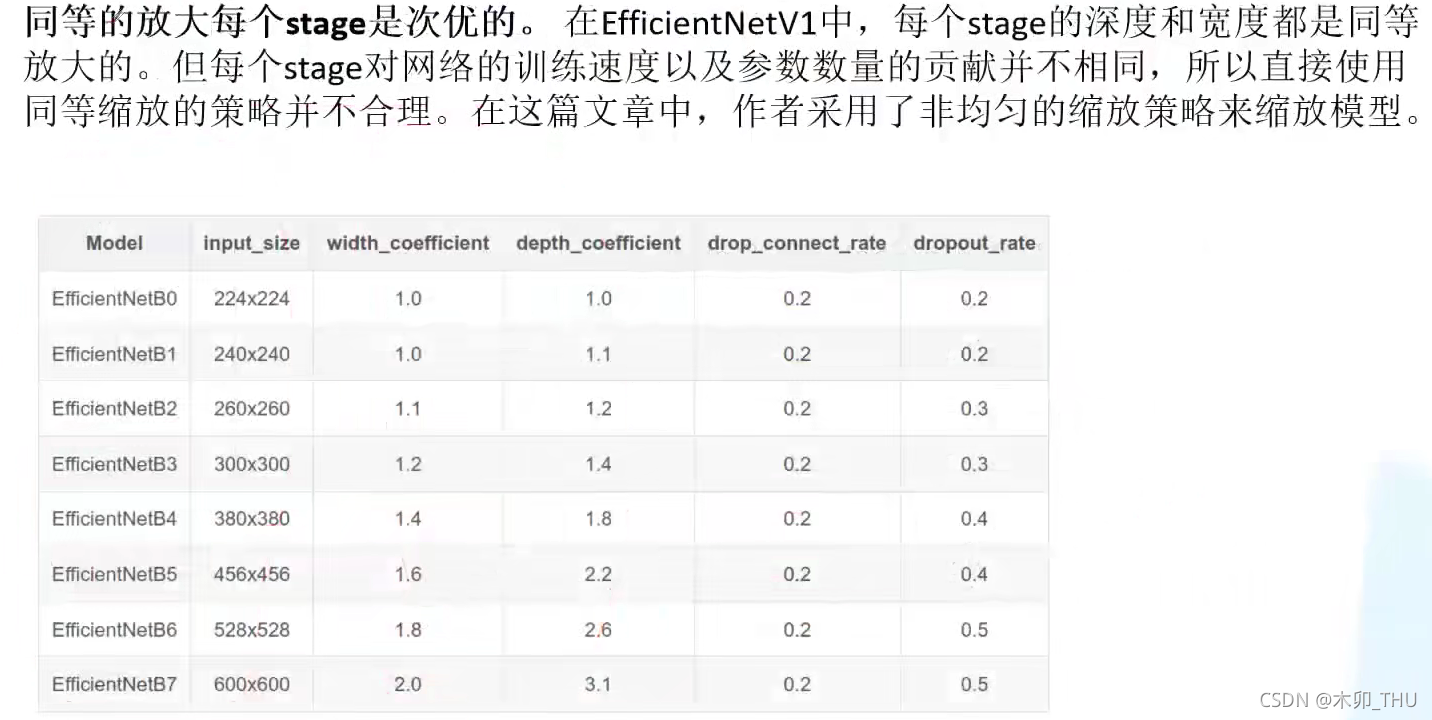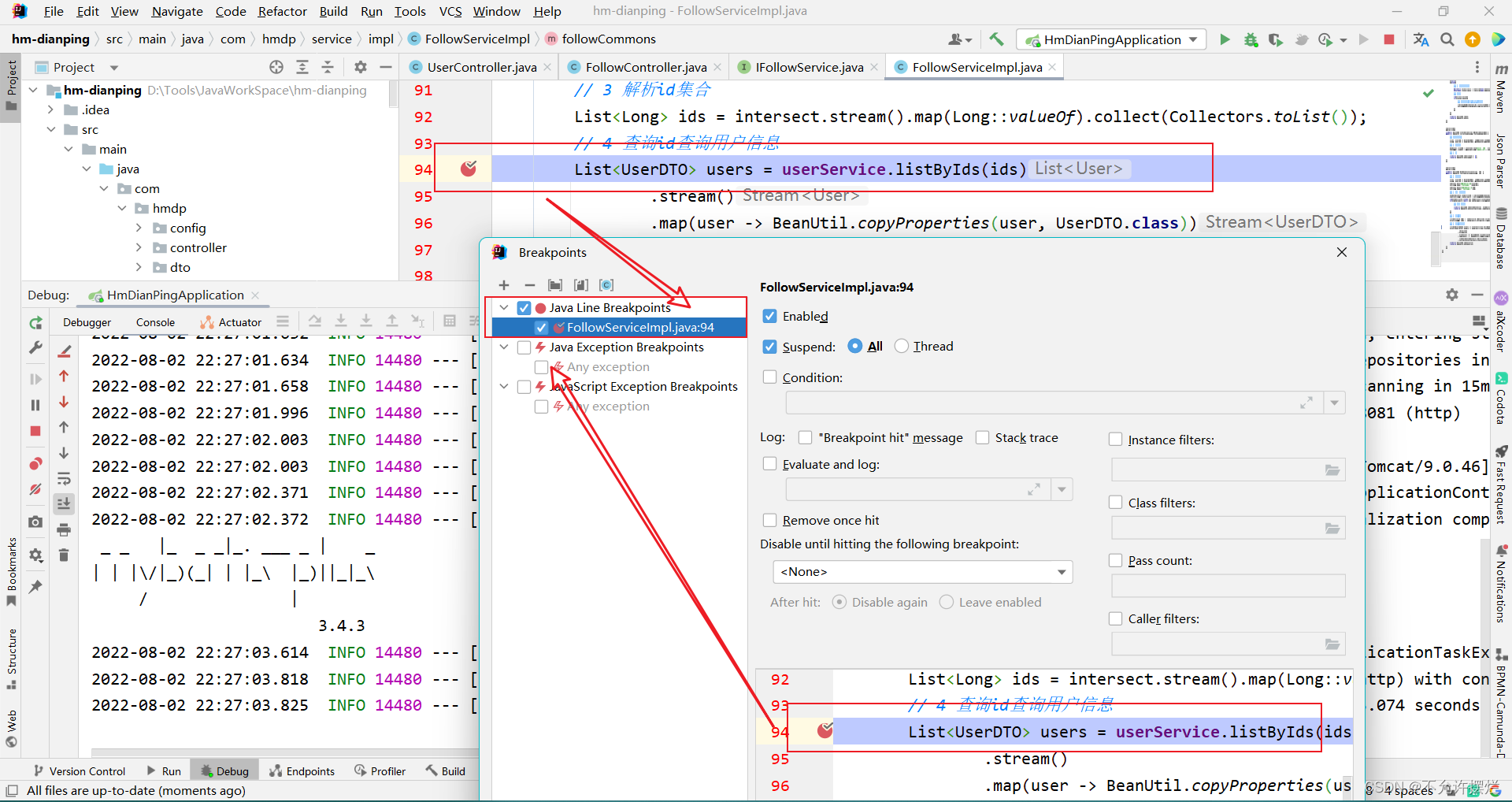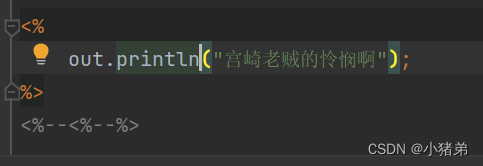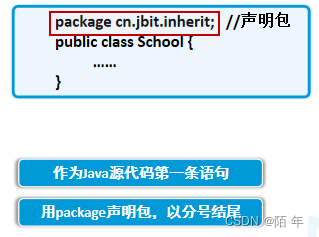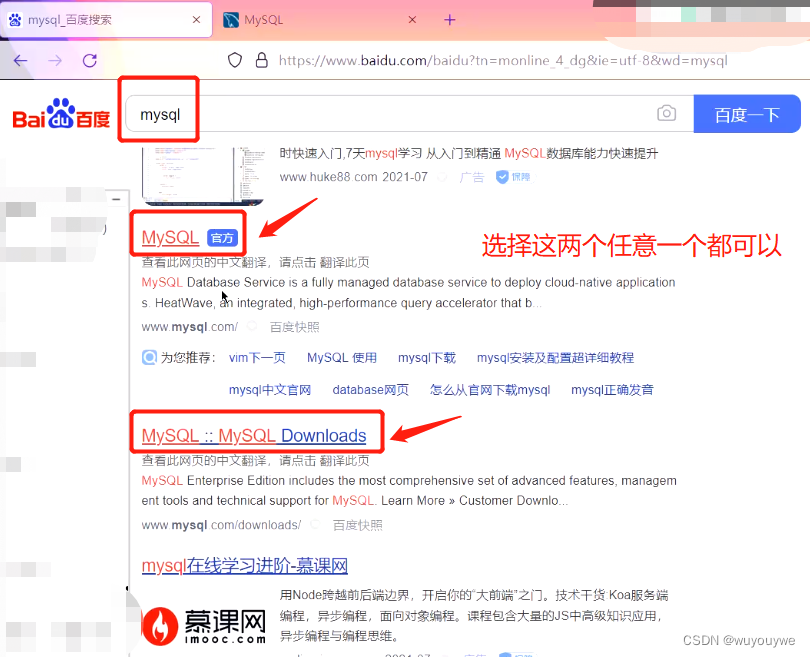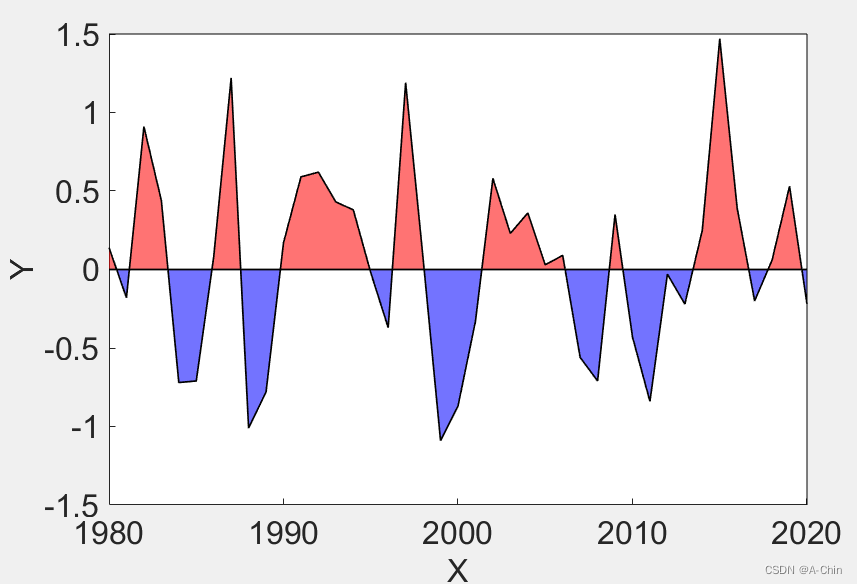当前位置:网站首页>【面经】被虐了之后,我翻烂了equals源码,总结如下
【面经】被虐了之后,我翻烂了equals源码,总结如下
2022-08-03 01:02:00 【博学谷狂野架构师】

面试最常问的问题
1、equals比较的什么?
2、有没有重写过equals?
3、有没有重写过hashCode?
4、什么情况下需要重写equals()和hashCode()?
1) equals源码
目标:如果不做任何处理(可能绝大大大多数场景的对象都是这样的),jvm对同一个对象的判断逻辑是怎样的
我们先读一下Object里的源码:
/**
* Indicates whether some other object is "equal to" this one.
* <p>
* The {@code equals} method implements an equivalence relation
* on non-null object references:
* <ul>
* <li>It is <i>reflexive</i>: for any non-null reference value
* {@code x}, {@code x.equals(x)} should return
* {@code true}.
* <li>It is <i>symmetric</i>: for any non-null reference values
* {@code x} and {@code y}, {@code x.equals(y)}
* should return {@code true} if and only if
* {@code y.equals(x)} returns {@code true}.
* <li>It is <i>transitive</i>: for any non-null reference values
* {@code x}, {@code y}, and {@code z}, if
* {@code x.equals(y)} returns {@code true} and
* {@code y.equals(z)} returns {@code true}, then
* {@code x.equals(z)} should return {@code true}.
* <li>It is <i>consistent</i>: for any non-null reference values
* {@code x} and {@code y}, multiple invocations of
* {@code x.equals(y)} consistently return {@code true}
* or consistently return {@code false}, provided no
* information used in {@code equals} comparisons on the
* objects is modified.
* <li>For any non-null reference value {@code x},
* {@code x.equals(null)} should return {@code false}.
* </ul>
* <p>
* 该方法用于识别两个对象之间的相似性
* 也就是说,对于一个非null值,x和y,当且仅当它们指向同一个对象时才会返回true
* 言外之意,和==没啥两样。
* The {@code equals} method for class {@code Object} implements
* the most discriminating possible equivalence relation on objects;
* that is, for any non-null reference values {@code x} and
* {@code y}, this method returns {@code true} if and only
* if {@code x} and {@code y} refer to the same object
* ({@code x == y} has the value {@code true}).
* <p>
* Note that it is generally necessary to override the {@code hashCode}
* method whenever this method is overridden, so as to maintain the
* general contract for the {@code hashCode} method, which states
* that equal objects must have equal hash codes.
*
* @param obj the reference object with which to compare.
* @return {@code true} if this object is the same as the obj
* argument; {@code false} otherwise.
* @see #hashCode()
* @see java.util.HashMap
*/
public boolean equals(Object obj) {
return (this == obj);
}猜想:如果我们不做任何操作,equals将继承object的方法,那么它和==也没啥区别!
下面一起做个面试题,验证一下这个猜想:
package com.eq;
import java.io.InputStream;
public class DefaultEq {
String name;
public DefaultEq(String name){
this.name = name;
}
public static void main(String[] args) {
DefaultEq eq1 = new DefaultEq("张三");
DefaultEq eq2 = new DefaultEq("张三");
DefaultEq eq3 = eq1;
//虽然俩对象外面看起来一样,eq和==都不行
//因为我们没有改写equals,它使用默认object的,也就是内存地址
System.out.println(eq1.equals(eq2));
System.out.println(eq1 == eq2);
System.out.println("----");
//1和3是同一个引用
System.out.println(eq1.equals(eq3));
System.out.println(eq1 == eq3);
System.out.println("===");
//以上是对象,再来看基本类型
int i1 = 1;
Integer i2 = 1;
Integer i = new Integer(1);
Integer j = new Integer(1);
Integer k = new Integer(2);
//只要是基本类型,不管值还是包装成对象,都是直接比较大小
System.out.println(i.equals(i1)); //比较的是值
System.out.println(i==i1); //拆箱 ,
// 封装对象i被拆箱,变为值比较,1==1成立
//相当于 System.out.println(1==1);
System.out.println(i.equals(j)); //
System.out.println(i==j); // 比较的是地址,这是俩对象
System.out.println(i2 == i); // i2在常量池里,i在堆里,地址不一样
System.out.println(i.equals(k)); //1和2,不解释
}
}
结论:
“==”比较的是什么?
用于基本数据(8种)类型(或包装类型)相互比较,比较二者的值是否相等。
用于引用数据(类、接口、数组)类型相互比较,比较二者地址是否相等。
equals比较的什么?
默认情况下,所有对象继承Object,而Object的equals比较的就是内存地址
所以默认情况下,这俩没啥区别
2) 内存地址生成与比较
tips:既然没区别,那我们看一下,内存地址到底是个啥玩意
目标:内存地址是如何来的?
Main.java
public static void main(String[] args) {
User user1=new User("张三");
User user2=new User("张三");
}1、加载过程(回顾)
从java文件到jvm:
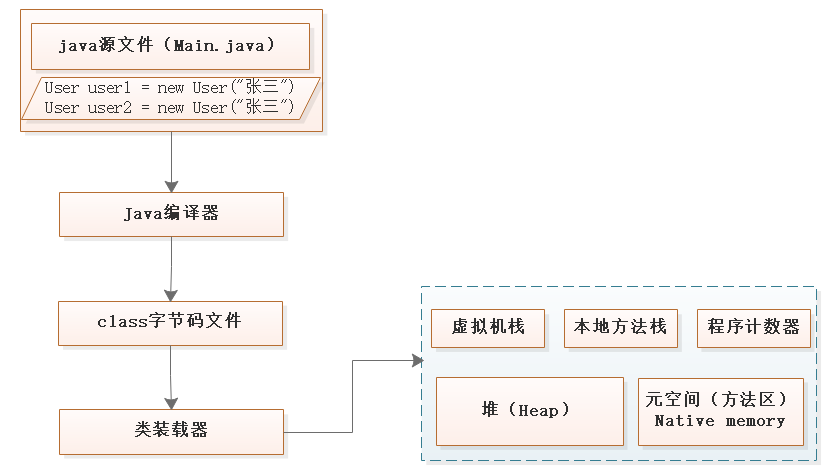
tips: 加载到方法区
这个阶段只是User类的信息进入方法区,还没有为两个user来分配内存
2、分配内存空间
在main线程执行阶段,指针碰撞(连续内存空间时),或者空闲列表(不连续空间)方式开辟一块堆内存
每次new一个,开辟一块,所以两个new之间肯定不是相同地址,哪怕你new的都是同一个类型的class。
那么它如何来保证内存地址不重复的呢?(cas画图)
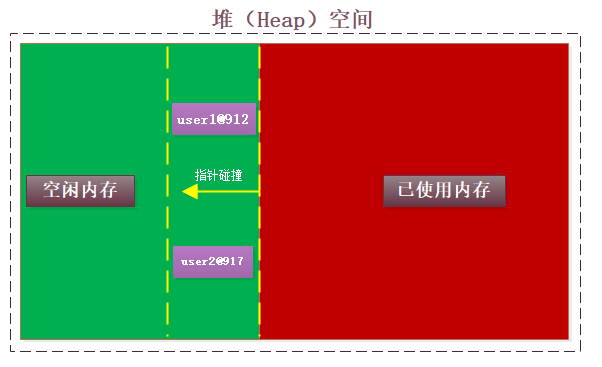
3、指向
在栈中创建两个局部变量 user1,user2,指向堆里的内存
归根到底,上面的==比较的是两个对象的堆内存地址,也就是栈中局部变量表里存储的值。
public boolean equals(Object obj) {
return (this == obj);//本类比较的是内存地址(引用)
}3) 默认equals的问题
需求(or 目标):user1和user2,如果name一样我们就认为是同一个人;如何处理?
tips:
面试最常问的问题
1、equals比较的什么?
2、有没有重写过equals?
3、有没有重写过hashCode?
4、什么情况下需要重写equals()和hashCode()?
1、先拿User下手,看看它的默认行为(com.eq.EqualsObjTest)
public static void main(String[] args) {
//需求::user1和user2,在现实生活中是一个人;如何判定是一个人(相等)
User user1 = new User("张三");
User user2 = new User("张三");
System.out.println("是否同一个人:"+user1.equals(user2));
System.out.println("内存地址相等:"+String.valueOf(user1 == user2));//内存地址
System.out.println("user1的hashCode为>>>>" + user1.hashCode());
System.out.println("user2的hashCode为>>>>" + user2.hashCode());
}输出如下

结论:
很显然,默认的User继承了Object的方法,而object,根据上面的源码分析我们知道,equals就是内存地址。
而你两次new User,不管name怎么一致,内存分配,肯定不是同一个地址!
怎么破?
2、同样的场景,我们把用户名从User换成单纯的字符串试试(com.eq.EqualsStrTest)
public static void main(String[] args) {
String str1 = "张三";//常量池
String str2 = new String("张三");//堆中
String str3 = new String("张三");//堆中
System.out.println("是否同一人:"+str1.equals(str2));//这个地方为什么相等呢,重写
System.out.println("是否同一人:"+str2.equals(str3));//这个地方为什么相等呢,重写
//如果相等,hashcode必须相等,重写
System.out.println("str1的hashCode为>>" + str1.hashCode());
System.out.println("str2的hashCode为>>" + str2.hashCode());
}
}输出如下

达到了我们的逾期,相同的name,被判定为同一个人,为什么呢?往下看!
String的源码分析
/**
* Compares this string to the specified object. The result is {@code
* true} if and only if the argument is not {@code null} and is a {@code
* String} object that represents the same sequence of characters as this
* object.
*
* @param anObject
* The object to compare this {@code String} against
*
* @return {@code true} if the given object represents a {@code String}
* equivalent to this string, {@code false} otherwise
*
* @see #compareTo(String)
* @see #equalsIgnoreCase(String)
*/
public boolean equals(Object anObject) {
//如果内存地址相等,那必须equal
if (this == anObject) {
return true;
}
if (anObject instanceof String) {
//如果对象是String类型
String anotherString = (String)anObject;
int n = value.length;
if (n == anotherString.value.length) {
//并且长度还相等!
char v1[] = value;
char v2[] = anotherString.value;
int i = 0;
//那我们就逐个字符的比较
while (n-- != 0) {
//从前往后,任意一个字符不匹配,直接返回false
if (v1[i] != v2[i])
return false;
i++;
}
//全部匹配结束,返回true
return true;
}
}
return false;
}结论:
String类型改写了equals方法,没有使用Object的默认实现
它不管你是不是同一个内存地址,只要俩字符串里的字符都匹配上,那么equals就认为它是true
3、据此,我们参照String,来重写User的equals和hashCode(com.eq.User2)
@Override
public boolean equals(Object o) {
//注意这些额外的判断类操作
if (this == o) return true;
if (o == null || getClass() != o.getClass()) return false;
User user = (User) o;
//比较值
return name != null ? name.equals(user.name) : user.name == null;
}
@Override
public int hashCode() {
//返回值的hashCode
return name != null ? name.hashCode() : 0;
}换成User2 再来跑试试 (参考 com.eq.EqualsObjTest2)
 目的达到!
目的达到!
4)hashCode与equals
为什么说hashCode和equals是一对搭档?他俩到底啥关系需要绑定到一块?
看代码说话:(com.eq.Contains)
package com.eq;
import java.util.HashSet;
import java.util.Set;
public class Contains {
public static void main(String[] args) {
User user1 = new User("张三");
User user2 = new User("张三");
Set set = new HashSet();
set.add(user1);
System.out.println(set.contains(user2));
User2 user3 = new User2("张三");
User2 user4 = new User2("张三");
Set set2 = new HashSet();
set2.add(user3);
System.out.println(set2.contains(user4));
}
}
结论:
hashCode是给java集合类的一些动作提供支撑,来判断俩对象“是否是同一个”的标准
equals是给你编码时判断用的,所以,这俩必须保持一致的逻辑。
5)总结
1、特殊业务需求需要重写,比如上面的
2、例如map,key放自定义对象也需要重写
3、重写equals后必须要重写hashCode,要保持逻辑上的一致!
1.2.5 关于双等(扩展)
equals被重写后,双等还留着干啥用?
1)String的特殊性
tips:面试常问的问题
intern是做什么的?
先来看一段代码:(com.eq.Intern)
public class Intern {
public static void main(String[] args) {
String str1 = "张三";//常量池
String str2 = new String("张三");//堆中
//intern;内存地址是否相等(面试常问)
System.out.println("str1与str2是否相等>>" +(str1==str2)); // false
System.out.println("str1与str2是否相等>>" +(str1==str2.intern())); // true
}
}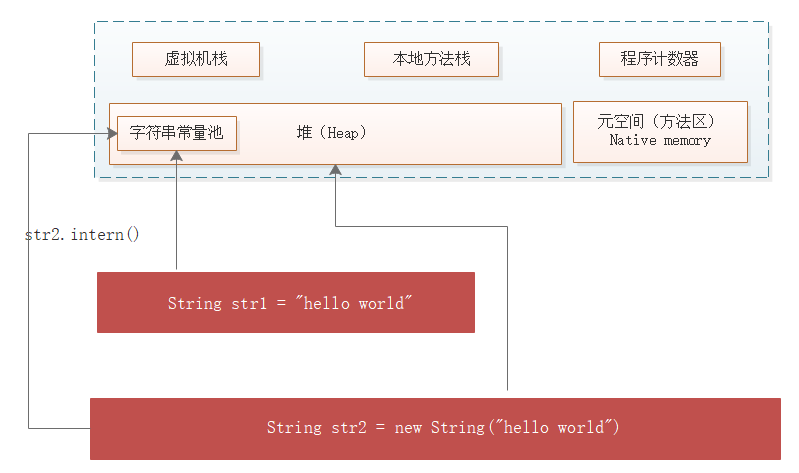
版本声明:(JDK1.8)
new String是在堆上创建字符串对象。 当调用 intern() 方法时, JVM会将字符串添加(堆引用指向常量池)到常量池中
注意:
1、1.8版本只是将hello word在堆中的引用指向常量池,之前的版本是把hello word复制到常量池
2、堆(字符串常量值) 方法区(运行时常量池)不要搞反了
2)valueOf里的秘密
关于双等号地址问题,除了String.intern() , 在基础类型里,如Integer,Long等同样有一个方法:valueOf需要注意
我们先来看一个小例子: 猜一猜结果?
package com.eq;
public class Valueof {
public static void main(String[] args) {
System.out.println( Integer.valueOf(127) == Integer.valueOf(127));
System.out.println( Integer.valueOf(128) == Integer.valueOf(128));
}
}奇怪的结果……
源码分析(以Integer为例子):
/**
* Returns an {@code Integer} instance representing the specified
* {@code int} value. If a new {@code Integer} instance is not
* required, this method should generally be used in preference to
* the constructor {@link #Integer(int)}, as this method is likely
* to yield significantly better space and time performance by
* caching frequently requested values.
*
* !在-128 到 127 之间会被cache,同一个地址下,超出后返回new对象!
*
* This method will always cache values in the range -128 to 127,
* inclusive, and may cache other values outside of this range.
*
* @param i an {@code int} value.
* @return an {@code Integer} instance representing {@code i}.
* @since 1.5
*/
public static Integer valueOf(int i) {
if (i >= IntegerCache.low && i <= IntegerCache.high)
return IntegerCache.cache[i + (-IntegerCache.low)];
return new Integer(i);
}专注Java技术干货分享,欢迎志同道合的小伙伴,一起交流学习
边栏推荐
猜你喜欢
随机推荐
从一文中了解SSRF的各种绕过姿势及攻击思路
一个人的精力
嵌入式开发:嵌入式基础——’ ’和” ”的区别
letcode 第20题-有效的括号
如何让优炫数据库开机自启
爆款视频怎么做?这里或许有答案
Violent recursion to dynamic programming 06 (the sword refers to Offer II 095. Longest common subsequence)
阿里云增强版实人认证--银行卡要素核验
8-jwt工具类
sql注入是什么意思以及防止sql注入?
“蔚来杯“2022牛客暑期多校训练营4 补题题解(N)
OpenWRT setup ipv6 network
怎么做postgrsql主备?
PHICOMM(斐讯)N1盒子 - recovery模式救砖卡登录页LOGO卡1%卡4%卡26%
Wireshark data capture and analysis of the transport layer protocol (TCP protocol)
软件定义网络实验之SDN网络简单管理及开发
8 个常用的 Wireshark 使用技巧,一看就会
The Sandbox 市场平台将上线 Isla Obscura 第五期 NFT 作品集
Brute force recursion to dynamic programming 07 (516. Longest palindrome subsequence)
php一维数组合并
